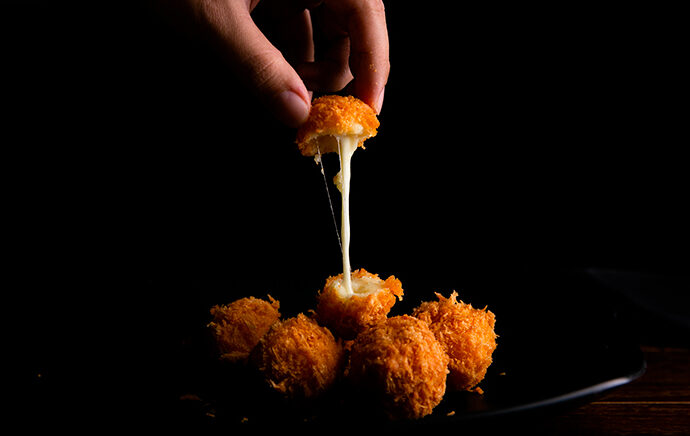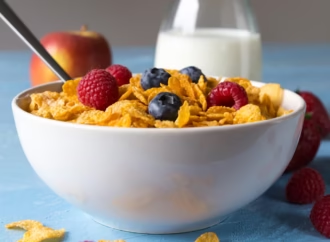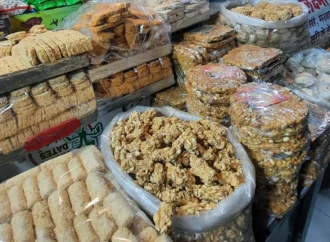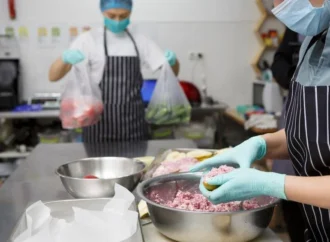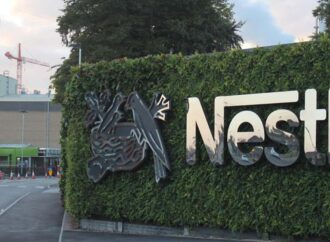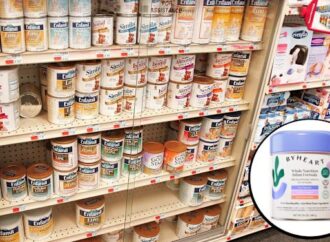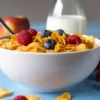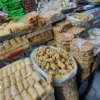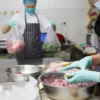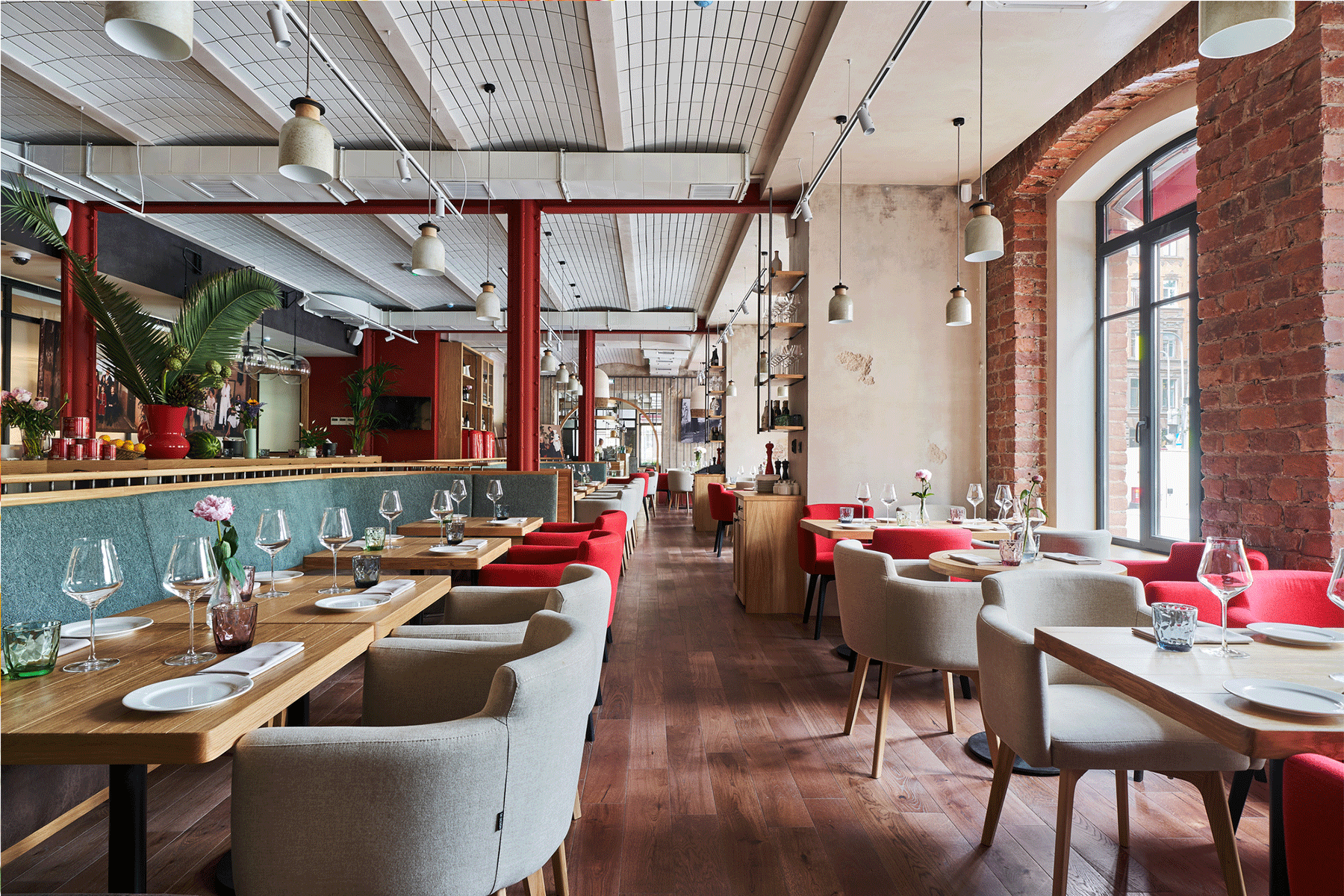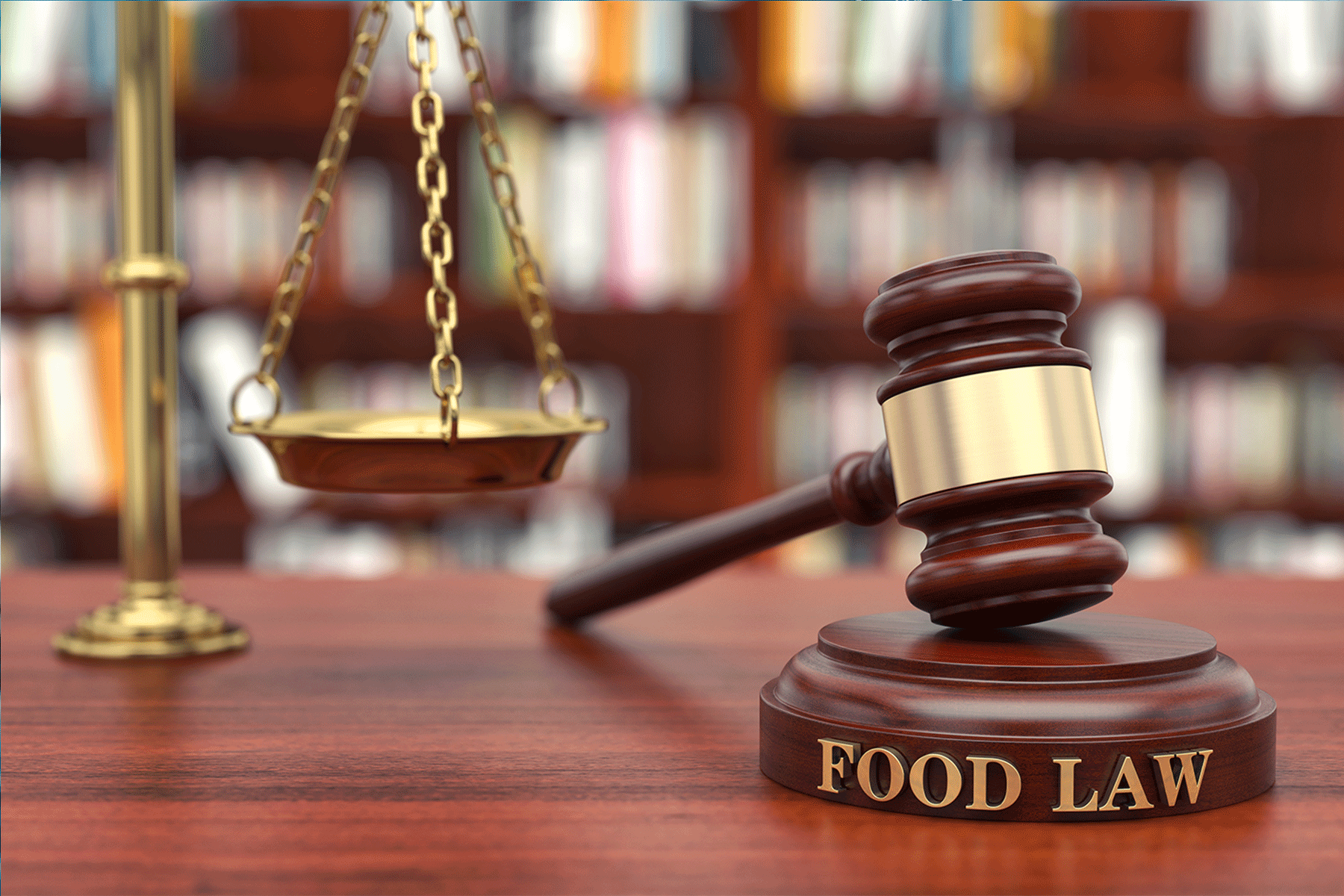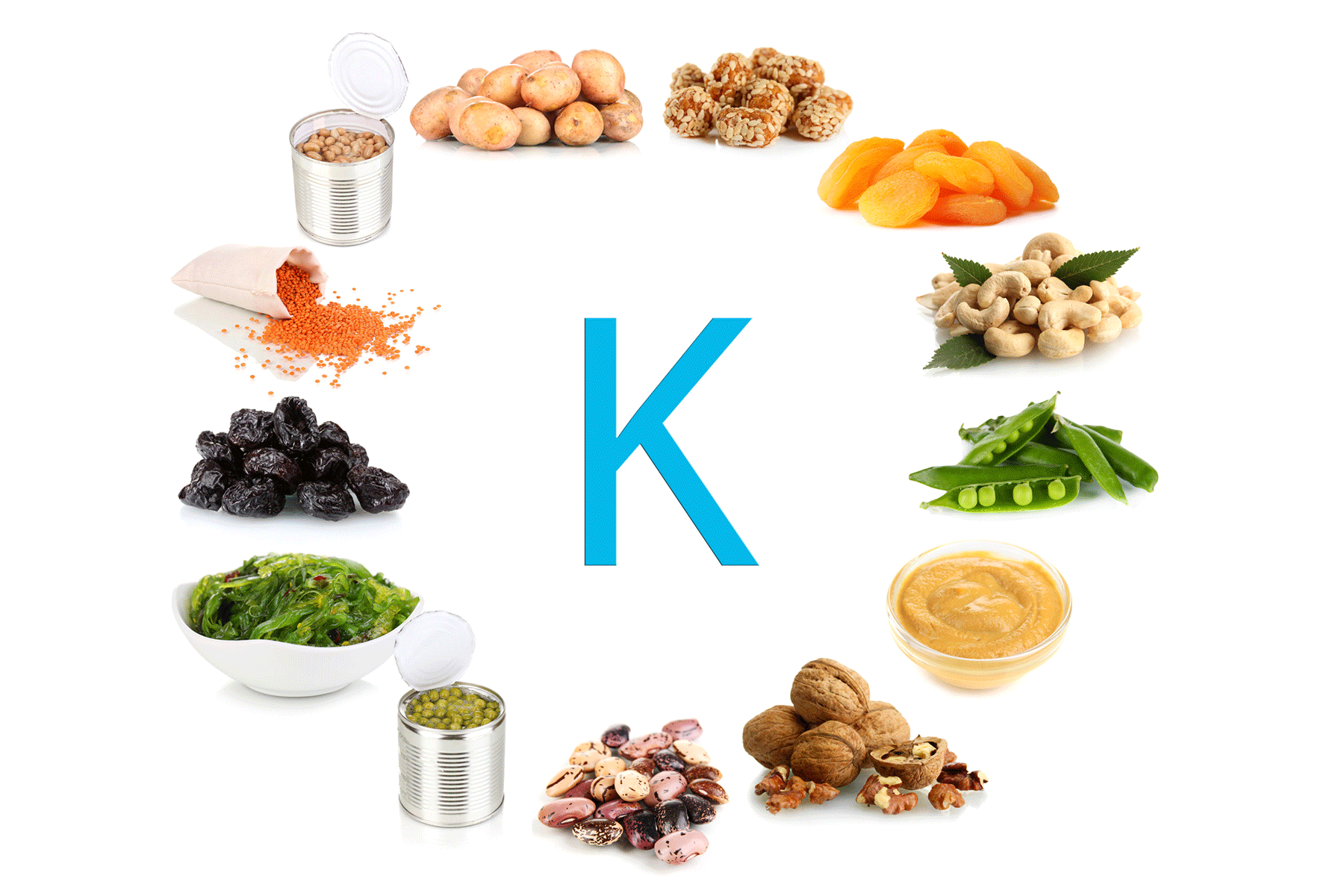Food coating is applying a layer of substances to food to enhance its flavour, texture, and appearance. Coatings serve two main purposes: enhancing taste and providing a protective layer, contributing to a more enjoyable eating experience. Examples include batters on chicken, fish, potatoes, and snacks; icings and frostings on baked goods; chocolate coatings on nuts, cherries, and raisins; and hard and soft sugar shell coatings on gums, chocolate lentils, and tablets.
While most coatings do not extend the shelf life of food, some—like icing on cakes—act as a barrier to oxygen and moisture or protect the food from mechanical damage. However, the coating process is not without challenges. Common issues include adhesion, uniformity, surface appearance, and texture. Let’s dive deeper into the importance of food coating and its role in the food industry.
Why Food Coating is Important
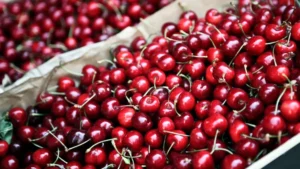
Food coating plays a crucial role in enhancing the organoleptic qualities—taste, sight, smell, and touch—of food, making it more enjoyable. Additionally, coatings can contribute essential nutrients such as vitamins, minerals, or dietary energy. Below are the key reasons food coatings are essential:
Texture Enhancement:
Coatings are instrumental in creating desired textures like crispiness, crunchiness, or smoothness. Whether it’s the golden-brown crust on fried chicken or the delicate crispiness of a coated fish fillet, texture greatly impacts the overall sensory experience of the meal.
Taste Infusion:
Coatings provide an excellent opportunity to introduce new and exciting flavours. They allow for customization, enabling chefs or food manufacturers to experiment with various flavour combinations to create unique and memorable dishes.
Moisture Retention:
Acting as a protective barrier, coatings help retain moisture by preventing the loss of natural juices during cooking. This ensures the food remains tender, juicy, and flavorful after cooking.
Visual Appeal:
Since we often eat with our eyes first, a well-applied coating can significantly enhance the visual appeal of a dish. A perfectly coated item can elevate an ordinary meal, making it more attractive and enjoyable for consumers.
Methods for Food Coating
The principal techniques used for food coating include:
- Dipping: Submerging food into a liquid coating material.
- Spraying: Applying sugar-based or sugar-free coatings with a spray nozzle.
- Dusting: Sprinkling dry ingredients like salt, sugar, flour, spices, or flavourings over food.
- 3D Food Printing: Layer-by-layer coating using a 3D printer for precise applications.
Ingredients Used in Coating
Various coating materials are used, each offering unique results. Common ingredients include water, alcohol, resins, waxes, sugars, flours, starches, oils, and seasonings like salt or flavour enhancers. Some examples include:
- Packaged pastries may use slightly diluted alcohol as a preservative.
- Resin, which forms a film-like wax, is used for glazing chocolates.
- Flours are often used to coat chicken nuggets before battering and frying, adding thickness or crispiness.
- Oils can be used as adhesive agents or even in ice cream for a smoother texture.
- Water is used to prevent freezer burn or improve adhesion in coatings.
The Process of Coating
The food coating process involves several stages, starting with the application of solids or liquids to the product:
- Application: This begins with techniques like dipping, brushing, or spraying to coat fruits, vegetables, or other foods.
- Adhesion: A key factor for successful coating is adhesion—the force of attraction between the coating and the surface of the food.
- Coalescence: This refers to the merging of small droplets of liquid to form a continuous layer. It varies depending on the product and process.
- Stabilization: Several methods stabilize the coating, including:
-
- Crystallization: Sugar or fat can crystallize to form a solid layer.
- Thermal Treatment: Heat is used to solidify proteins in coatings.
- Edible Coating: This reduces the transfer of moisture and other elements from the food to its surroundings, such as in food waxing.
Challenges in Coating
Several challenges can arise during the coating process, but with the right techniques and tools, these can be minimized:
- Clogging: Ingredients may block nozzles or drains during the coating process.
- Agglomeration: In powder coatings, materials can clump together, leading to uneven coating.
- Product Damage: Mishandling during coating can result in product waste.
- Inconsistency: Irregularities in coating thickness or distribution can impact the final product.
- Darkening: Fried foods may become overly dark if the coating process isn’t well controlled.
- Flavour Inconsistency: Flavors from one coated item may transfer to another, especially when using shared frying oil.
Key Takeaways
Food coatings have long been a key part of food preparation. Whether it’s chicken nuggets or glazed pastries, coatings improve the flavour, texture, and overall appeal of food. As mentioned above, like anything and everything, it comes with its challenges. However, it can be reduced with the right technique and tool.
In conclusion, as long as flavour and presentation are prioritized in food production, coated foods will continue to lead the market.
 Food Manifest
Food Manifest 